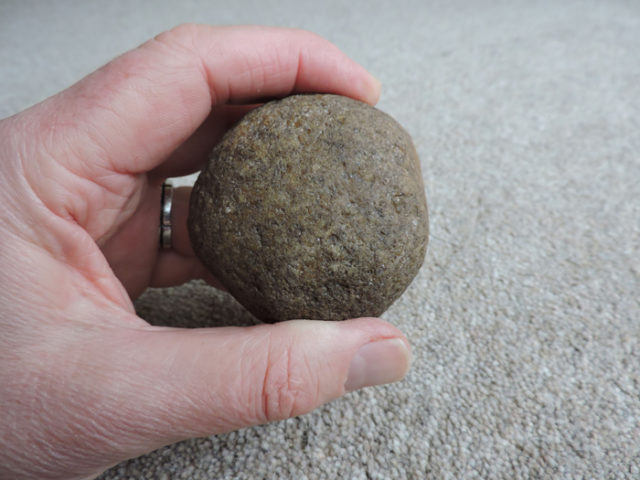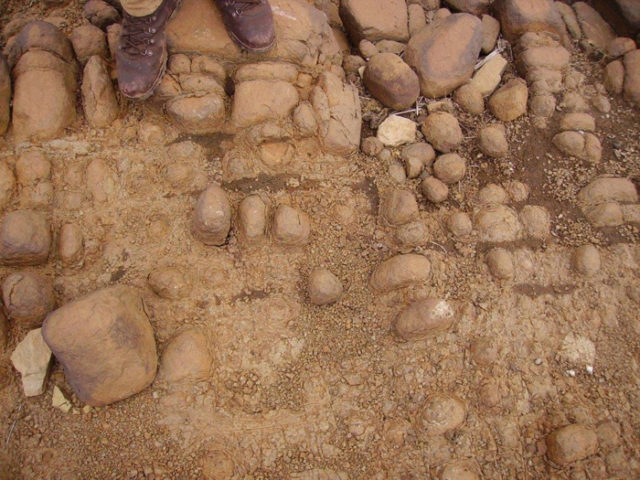It has always been believed that our Stone Age ancestors carved spears from branches and fashioned sharp tips from stone to hunt animals for food. However, recent research at the Makapans Valley in the Limpopo Province of South Africa has indicated that these manufactured weapons were not the first weapons these people used.
Considered the most important paleontological site on earth and recently declared a South African Heritage Site, the Limpopo area consists of two valleys – the Valley of the Mwaridzi Stream and the Makapansgat Valley. The two valleys are home to a series of limestone caves that have served as shelters and housed fossils and bones of early humans for millions of years. Excavations at the site began in 1925 and continue into the present with new discoveries found on an almost daily basis.

A team of archaeologists has discovered stones that had been purposely kept near the caves; from the size and weight of the rocks, they had determined that they were thrown at prey many years before spears were used for hunting. The team consisted of Associate Professor Qin Zhu from the University of Wyoming, Professor Lawrence Barham and Professor Ian Stanistreet from the University of Liverpool, and Professor Geoffrey Bingham from Indiana University. The team recovered 55 stones about the size of modern tennis balls of varying weights and simulated an example of how they may have been used.
It was discovered that at least 81 percent of the rocks thrown from a distance of 82 feet would have caused enough damage to disable a medium-sized animal such as a gazelle or impala and allow the hunters to approach for the final blow safely. It also showed how analytic thought and the ability to learn from trial and error would have played a major role when hunting with projectiles. Larger rocks and a group effort would have been required to fell larger animals such as mammoths.

A researcher in perception and cognition from Leeds Beckett University, Dr. Andrew Wilson, who also participated in the study, reports, “Whilst other animals have been known to throw objects on occasion, none can match the speed, accuracy, and distances that a trained human can achieve. Humans are uniquely specialized for throwing, both anatomically and psychologically. Throwing has played a vital role in our evolutionary past, enabling us both to hunt prey and to compete with other carnivores to scavenge carcasses.”

According to Professor Bingham, “The idea here is that our speech and throwing capabilities came as a package… recent theories and evidence suggest that perceptual biases in auditory perception channel auditory development so that we become attuned to the relevant acoustic units for speech. Our work on the size-weight illusion is now suggesting that a similar bias exists in object perception that corresponds to human readiness to acquire throwing skills.”
Professor Bingham’s reference to the size-weight illusion is that for someone to recognize that with two items of different dimensions, the larger item must weigh considerably more than the smaller item. Their study conclusions show that experienced throwers use this illusion of “equal felt” heaviness to select items that they would be able to throw the best.

It is believed that pre-humans collected the stones and brought them back home so as always to have a supply ready when needed. This behavior is also indicative of teamwork and the ability to solve problems using combined input and a plan to accomplish specific goals.
Researchers do realize that throwing stones to hunt prey was not the sole use of the rock collections. They may also have used them to pulverize bits of meat and grind or shape various materials. Defense against attacking animals trying to steal carcasses would also have been a purpose for the stones to be kept near the entrances of the caves.
